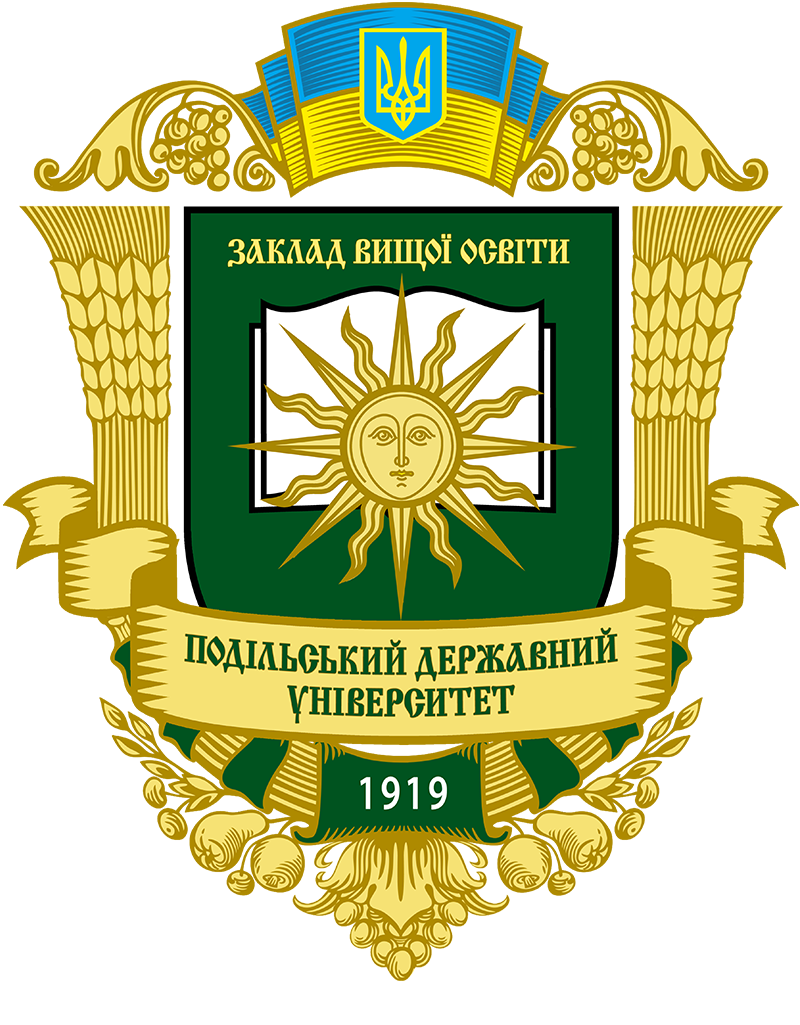EXTRACTION OF MAIN NUTRITION ELEMENTS BY FODDER BEET PLANTS DEPENDING ON VARIETY FEATURES AND NORMS OF MINERAL FERTILIZERS IN THE CONDITIONS OF THE WESTERN FOREST-STEP OF UKRAINE
DOI:
https://doi.org/10.37406/2706-9052-2025-3.1Keywords:
fodder beet, variety, fertilizer, nutrient content, removalAbstract
The article presents the results of multi-year (2020–2024) field research aimed at studying the influence of mineral fertilizers on the content of macroelements (nitrogen, phosphorus, and potassium) in the biomass of fodder beets of different varieties (Sonet, Olzhych, Starmon) in the conditions of the western Forest-Steppe of Ukraine. Particular attention is paid to the analysis of the dynamics of the content of these elements in leaves and root crops, as well as to the determination of their removal from the soil along with the yield of the main and by-products. Studies have shown that the nitrogen content in the leaves of all varieties significantly exceeded its concentration in root crops. The application of mineral fertilizers, especially in doses N150P75K225 and N225P75K150 kg/ha, contributed to the maximum accumulation of nitrogen both in leaves (up to 2,72% in the Olzhych variety) and in root crops. The average nitrogen content in the leaves was: in the Sonet variety – 2,41%, Olzhych – 2,62%, Starmon – 2,54%; in root crops, respectively – 1,12, 1,21, 1,39%. As for phosphorus, no clear patterns were found between its content in leaves and root crops. Its greatest accumulation was recorded in the leaves of the Olzhych variety (0,64%) and root crops of the Starmon variety (0,51%) on a dry weight basis. The use of fertilizers contributed to an increase in the phosphorus content, especially in the variants with the norm N150P75K225. Potassium, as an element that plays a key role in carbohydrate and protein metabolism, also demonstrated increased accumulation in response to fertilization. Its highest content was found in the Starmon variety – 1,73% in root crops. In the leaves, the potassium concentration on average exceeded the level in root crops and varied depending on the variety, vegetation phase and nutritional conditions. The study of the removal of nutrients with the harvest showed that potassium is removed from the soil the most, followed by nitrogen and phosphorus. The maximum total removal of nitrogen, phosphorus and potassium was observed on fertilized variants of the Starmon variety – 179 kg/ha of nitrogen, 45 kg/ha of phosphorus and 227 kg/ha of potassium. On control plots without fertilizers, these indicators were significantly lower, which indicates the critical importance of optimal mineral nutrition for the formation of productive yields and efficient use of nutrients. The results obtained confirm the important role of fertilizer application in regulating the nutrition of fodder beets, which allows not only to increase the concentration of macronutrients in plants, but also to ensure the rational use of nutrients throughout the growing season.
References
Безвіконний П.В. Фотосинтетична діяльність рослин буряка кормового залежно від впливу мінеральних добрив. Подільський вісник: сільське господарство, техніка, економіка. 2025. № (1) 46. С. 19–25. https://doi.org/10.37406/2706-9052-2025-1.2.
Безвіконний П.В. Формування маси листя буряка кормового залежно від застосування мікродобрив і фунгіцидів в умовах Західного Лісостепу. Селекція, генетика, сортовипробування та агротехнології культурних рослин: виклики та перспективи : матеріали ХІІІ Міжнародної науково-практичної конференції молодих вчених і спеціалістів, с. Центральне, 25 квітня 2025 р. С. 14–15.
Бомба М.Я., Мартинюк І.В. Кормовий буряк: шляхи вдосконалення технології вирощування. Вчені Львівського державного університету виробництва. 2005. Вип. 5. С. 28–30.
Демидась Г.І., Бурко Л.М. Вплив елементів технології вирощування на особливості формування урожаю буряків кормових Збірник наукових праць Вінницького національного аграрного університету. 2011. Вип. 7 (47). С. 17–20.
Заришняк А.С., Савчук К.А. Добрива – головний фактор підвищення продуктивності цукрових буряків. Цукрові буряки. 2005. № 4. С. 4–5.
Ігнатьєв М.О., Бахмат М.І., Вітвіцький І.А. Буряківництво. Кам’янець-Подільський, 2002. 208 с.
Карпук Л.М. Формування продуктивності буряків цукрових залежно від агротехнічних прийомів вирощування. Агробіологія : збірник наукових праць. Біла Церква, 2013. Вип. 11 (104). С. 60–64.
Лихочвор В.В., Петриченко В.Ф. Мінеральні добрива та їх застосування. 2-ге вид., доп. і випр. Львів : НВФ «Українські технології», 2012. 324 с.
Методики проведення досліджень у буряківництві / за ред. М.В. Роїка, Н.Г. Гізбулліна. Київ : ФОП Корзун Д.Ю., 2014. 373 с.
Рожков А.О., Пузік В.К., Каленська С.М. Дослідна справа в агрономії : навчальний посібник : у 2 кн. Кн. 1 : Теоретичні аспекти дослідної справи / за ред. А.О. Рожкова. Харків : Майдан, 2016. 316 с.
Фомічов А.М., Середа К.П. Прогресивна технологія вирощування буряків кормових на корм і насіння : методичні рекомендації. Київ, 1985. 14 с.











